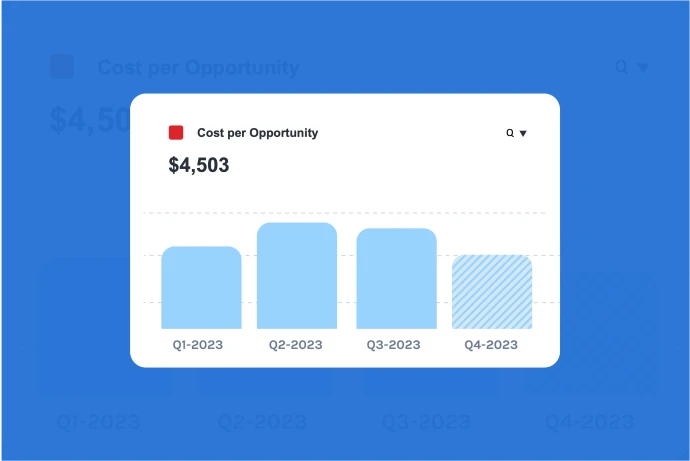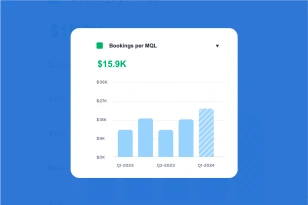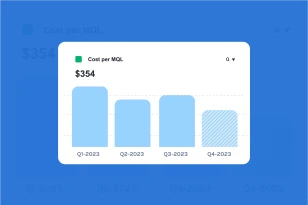What is Cost per Opportunity?
Cost per Opportunity is a marketing metric that calculates the average cost associated with generating opportunities initiated by marketing efforts. An opportunity, in this context, typically represents a lead that has been further qualified and is ready to be pursued by the sales team. This metric measures the financial investment required to create opportunities that can potentially result in revenue for your business.
Why is it important to monitor Cost per Opportunity?
Monitoring the Cost per Opportunity is essential for marketing teams as it provides valuable insights into the efficiency and cost-effectiveness of their lead generation and qualification strategies. By understanding the cost of initiating opportunities, marketers can make informed decisions about resource allocation, budget management, and the optimization of lead generation tactics. This metric directly relates to the return on investment (ROI) for marketing campaigns and their impact on revenue.
How do you calculate Cost per Opportunity?
To calculate Cost per Opportunity, use the following formula:
Cost per Opportunity Formula
Total Marketing Campaign Costs / Number of Marketing Originated Opportunities
How can I improve Cost per Opportunity?
- Audience Segmentation: Refine your target audience by segmenting it into more specific and relevant groups. This allows you to tailor your marketing campaigns to the distinct needs and preferences of different segments, potentially increasing the efficiency of opportunity creation.
- Content Personalization: Create highly personalized and valuable content that resonates with your target audience. Personalization can significantly boost engagement and the likelihood of opportunities being initiated.
- Lead Nurturing: Implement a comprehensive lead nurturing strategy that keeps leads engaged with your brand and gradually moves them closer to the opportunity stage. This involves providing relevant content and communication throughout the buyer’s journey.
- Lead Scoring and Qualification: Use lead scoring to identify and prioritize leads most likely to convert into opportunities. This ensures that your sales team focuses their efforts on the most promising leads, making the process more cost-efficient.
- Campaign Optimization: Continuously assess the performance of your marketing campaigns and make data-driven optimizations to improve efficiency in opportunity initiation.
By closely monitoring and optimizing the Cost per Opportunity, you can not only reduce marketing costs but also increase the quality and quantity of opportunities initiated by your marketing efforts, ultimately driving revenue growth for your business.




